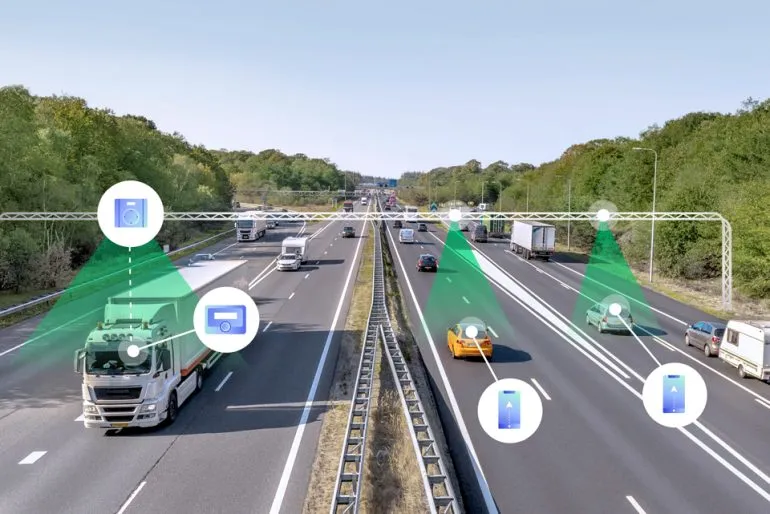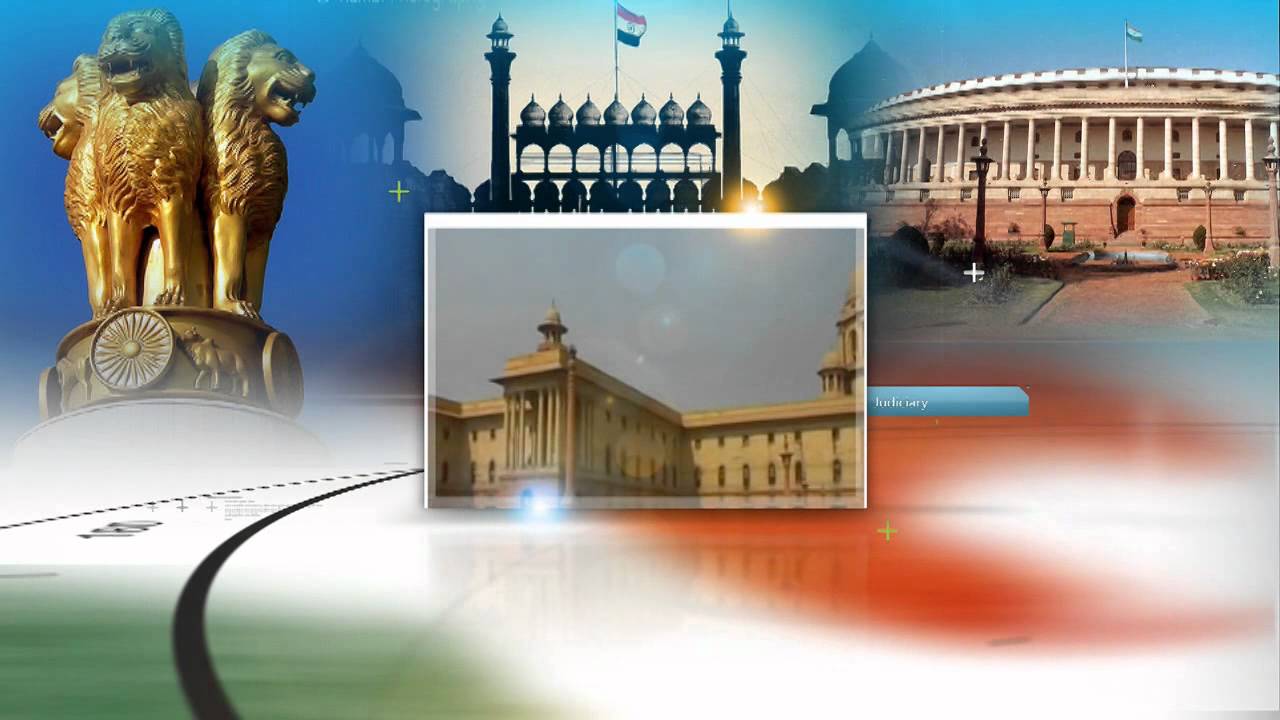Font size:
Print
India’s MSME Sector: A Critical Analysis
Context:
Micro, Small, and Medium Enterprises (MSMEs) are vital to India’s economy, contributing significantly to employment, exports, and GDP.
More on News
- However, the sector faces persistent challenges, exacerbated by external shocks like demonetization, GST implementation, and the Covid-19 pandemic.
- Despite government support, structural bottlenecks and policy gaps hinder its revival.
Challenges Faced by MSMEs
- The Four Ms Challenge:
-
- Financial Constraints: Fluctuating raw material costs and fixed selling prices reduce profitability. Fair price shops for raw materials could stabilize costs.
- Manpower Issues: Difficulty in attracting and retaining skilled workers, especially in rural areas.
- Marketing Challenges: Limited branding and marketing capabilities restrict customer base expansion.
- Material Supply Issues: Volatile raw material prices and supply chain disruptions persist.
- External Shocks:
-
- Demonetisation and GST: Demonetisation caused a cash crunch, while GST compliance strained micro-businesses.
- Covid-19 Impact: Nearly 32% of MSMEs shut down, and 10 crore workers lost jobs. MSME losses contributed to 4% of India’s GDP contraction in 2020-21.
- Limited Efficacy of Stimulus Packages: Schemes like the Emergency Credit Line Guarantee Scheme (ECLGS) often failed to reach the neediest MSMEs.
- Structural Bottlenecks:
-
- Delayed Payments: Large corporations often circumvent the 45-day payment rule, causing liquidity crunches for MSMEs.
- Export Slump: Global economic slowdown and the Russia-Ukraine war have reduced exports, leading to underutilised capacity.
- Technology Obsolescence: Many MSMEs struggle with outdated technology, limiting competitiveness.
Government Support for MSMEs
- Public Procurement and Policy:
-
- Public Procurement Policy Order: Mandates 25% government procurement from MSMEs, but complex tenders and exclusionary criteria hinder implementation.
- Jaipur Plan of Action: Advocates capacity building, financial aid, and infrastructural improvements for MSMEs.
- Enhancing Credit Access:
-
- Credit Guarantee Schemes: Increased cover to ₹10 crore for micro and small enterprises, but lending norms based on past performance exclude struggling MSMEs.
- Customised Credit Cards: ₹5 lakh limit for Udyam-registered micro enterprises, with 10 lakh cards to be issued in the first year.
- Scheme for First-time Entrepreneurs: Term loans up to ₹2 crore for 5 lakh entrepreneurs, including women and SC/ST.
- Digital and Technological Integration:
-
- Digital Economy Integration: Enhanced digital credit access and technology adoption for MSMEs.
- Simplified Regulations: Improved ease of doing business through streamlined frameworks.
- Sector-Specific Support:
-
- Focus Product Schemes: Support for sectors like footwear, leather, and toys, but ambiguous eligibility criteria limit effectiveness.
- Fund of Funds for Startups: ₹10,000 crore allocation, but focus on larger startups may exclude micro-enterprises.
Way Forward
To ensure the long-term sustainability of MSMEs, a holistic approach is needed:
- Address financial, technological, and infrastructural gaps.
- Simplify public procurement processes and ensure timely payments.
- Provide direct financial assistance, skill training, and technology upgrades.
- Establish a dedicated ministry for micro-enterprises and implement the Jaipur Plan of Action.
As highlighted by Subhash Chandra Garg in $10 Trillion Dream, empowering MSMEs is key to unlocking India’s economic potential. By creating a conducive environment for MSMEs, India can harness its entrepreneurial spirit and drive sustained growth.


